Paris via Berlin: Low pitch and the Quantz Flute in Orpheus
Written by Robin Hillier, Baroque flautist and Guest Artist for Orpheus
26th September, 2023.
I am very pleased to be joining Bonnie for the first time along with my long-term colleagues Sarah, Krista and James for the upcoming Orpheus program. We are all captivated by the same desire to explore the repertoire of the Baroque era on its own terms through HIPP (historically informed performance practice) and I am grateful to be invited to join them on their journey for this concert. I must apologise to our readers that we will not be personally exploring the line between life and death in a quest for absolute authenticity. We are HIP, not hapless! However, we will be exploring the deeper, darker depths of a lower pitch; in this case A=392 Hz or a full tone below modern pitch. Yes clarinet-playing readers, we are effectively joining you in Bb. Why? How? What the…? Let’s explore…
HIP and pitch
From the start of the Early Music movement, using a different pitch was part of the process of rediscovering old music through the conventions and instruments of the time. But… as in so many things, lofty aspirations quickly crashed forcefully into issues of “practicality”. The reality of pitch in the 18th century was that it varied across nations, regions and even within cities! Players in a city or royal court also often used both “kammerton”-chamber pitch and “chorton”-choir pitch, that were a half step apart. Players in the mid-20th century Early Music revival settled on A=415 Hz, which is an equal-tempered (the tuning used in the 20th century) half-step below the most common orchestra pitch of A=440. Some of the practical issues at play were that players couldn’t at first be expected to have different instruments for different composers or even music from different parts of one composer’s career. Also, players now moved all over the world to perform and teach, so a standard was more necessary than it was in the 18th century. Finally, keyboards could be used that shift 1 or 2 half steps to allow multiple pitches (often 440 and 415 at first). Sounds reasonable enough, right? A lot of music was originally played lower, but is there really that much difference in playing a half step or less apart?
The instrument of the Gods and low pitch… (yes, the flute of course!)
Let’s take my own instrument, the transverse flute, as an example. Without delving into physics, there are differences in how you design a flute depending on what pitch you want it to work best at. The surviving instruments show that makers understood this well in the 18th century. Lower flutes aren’t just longer, but wider in bore too and this affects the overall tone. In my experience, lower pitch flutes have a wider palette of tone colours between the bottom and top registers. The lower notes are rich, full and, with a wide bore, quite powerful. In the middle, it feels like there is less tension and more capacity to modulate the tone of notes. The upper register is sweet and has less of the piercing quality of higher flutes. This results in a flute that I find much more convincing in its vocal quality, which was so often the stated goal in 18th century music. These qualities will be on full display in the languishing Boismortier Affettuoso in our program. The contrast in registers also helps figures which leap between octaves sound much more effective.
Stewart Smith: Organ; Robin Hillier: Quantz flute by Jean-François Beaudin
I hear this quality in flutes from about A=400 and lower. Lower pitches also mean lower string tensions and sometimes thicker strings for my colleagues.
I asked Krista and Bonnie for their 2 cents on “How does 392 affect your experience of your instrument?” Krista commented:
My gamba is modelled on an instrument by Michel Colichon from 1691 so it’s very plausible to imagine it being played in much of the music on this programme, and certainly at 392 Hz. At this lower pitch, the gamba feels more resonant and responsive, which in turn makes me feel more comfortable as a player, and freer to enjoy this very special sound world.
Bonnie replied:
As a singer, I’m lucky that I don’t have to ‘tune’ my instrument differently to play in a different pitch. But in this kind of detailed music, singing a piece even slightly higher or lower gives my voice a different timbre (at A=392, deeper and warmer) and means negotiating my technique and ornaments differently. It’s very rewarding to try singing a piece in as close to the original pitch as possible, and physically experience what the singers of the time might have.
So, pitch makes a difference, both to instruments and voices and our experience of playing and singing. I should note, however, that the effect of pitch is multiplied and has even greater effect when combined with suitable instruments and baroque techniques of sound production and articulation.
Another “standard” Baroque pitch?
Looking at all the remaining Baroque flutes in museums and collections, we find the most common pitch is around 400 Hz. Specific instruments range from a bit below 390, up to around 415. While flutes exist from the 18th century that can play at 415, the convention in mid to late 18th century flutes was to have different middle joints that you could swap to adapt to all the pitch madness I described above. However, only one of these pitches could work best for tuning and tone and that one was rarely 415 in the Baroque. When early musicians came to further consider issues of appropriate pitch, they tried playing another semitone below 415 at A=392. There were flutes in this region from late 17th and early 18th century France and they were the first to be used to explore this lower pitch in the relevant repertoire.
What does Berlin have to do with any of this?
Berlin was the court of the at once famously militaristic and highly cultured king Frederick “The Great” of Prussia. He engaged the renowned flautist Johann Joachim Quantz as his personal flute teacher, performer, flute maker and composer for over 30 years. This made the musical taste and playing style of Quantz very influential. He had begun his professional career in Dresden, which famously set a high standard for performance and composition while hosting musicians such as Pisendel, Zelenka, Heinichen and one of the 18th Century’s most successful composers, J A Hasse. The violins were led by Volumier and the first flute was Buffardin, so French style was influential at court. Thanks to Quantz’s extensive treatise “On playing the Flute” we have access to his ideas on musical taste and flute playing. Quantz says that the low French pitch is best for woodwinds and his flutes, which were played in Berlin up to the early 1770s, have a large bore and play at their best a bit below 390 Hz. Further, Quantz describes his ideal flute sound as representing the contralto voice and if one follows his directions on playing and has access to a good copy of his flutes, the results are convincing.
A whistlestop tour down the rabbit hole.
Flute after J.J. Quantz by Jean-François Beaudin)
A large part of my baroque work since the pandemic has been trying to acquire a copy of a Quantz flute at its original very low pitch that allows me to learn from the instrument and better explore the techniques and performance practices described by Quantz. Quantz was the most famous writer and performer on the flute at the time, so it should be easy, right? Umm, no… All the Quantz flutes I tried in Europe had modified lengths, bores and tuning. I think this is kind of like a fashion designer saying “This summer, I want to release a copy of a 1960s mini skirt… except I don’t like it so short, those colours were too wild and actually culottes are more practical”. A lot of these changes were made due to the desire to… drum roll… play at the higher standardised pitch! So…3 years, multiple copies, hours of practice, note taking, experimentation, gigabytes of recording and in the end, I was lucky to connect with the Canadian maker (and also flute inventor!) Jean-Francois Beaudin. After a lot of productive correspondence, I received his Quantz flute copy early this year. The flute follows the originals closely and plays at 385, or with a special shorter joint, 392 Hz. Interestingly, the original flute has 5 middle joints for different pitches and number 5 maxes out at about 408 Hz, which is basically for emergencies only.
A Quantz flute in Paris…
My flute is perfect for Berlin and Dresden repertoire, and I continue to learn and grow with it in that context. (Contented sigh…) But a welcome bonus of all the work I have done with this flute is the discovery that it also works very well in the French repertoire I love dearly, and which will feature in much of the Orpheus concert programme. The rich vocal quality of the tone suits the Airs de Coeur as well as the some of the Suites and sonatas that balance the low register of the flute against the continuo. Of course, I would love to have a French flute to learn from, but would I choose one at the “between the cracks” pitch of A= 400 Hz that would likely drive my colleagues nuts (right Krista?), or try to get a copy of one of the very rare flutes originally around 392 that formed the inspiration for Quantz? With the Quantz flute there are a lot of flutes to copy, clear direction on how to play them and a maker who has been working on this model for almost 30 years.
Quantz’s two keys for D# and Eb which also allow many other enharmonic and extended fingerings.
…And Beyond Paris.
Quantz’s flute has excellent tuning and features unique separate keys for D# and Eb. This follows the Baroque practice of playing intervals closer to just intonation (yes, this is oversimplifying…email me if you wish to chat about the 55-part octave…) which results in delineating between sharps (lower) and flats (higher). Baroque tuning affords another layer of HIPP insight that can give “simple” melodies and harmonies an almost exotic quality to our modern ears. Listen particularly to the Telemann in e minor where the lower 7th adds an extra piquancy to this key (Mattheson: Pensive, profound, grieved and sad.)
Bringing it together
A lower pitch will allow you and us to experience the music of our Orpheus program in a timbre and sound world closer to that of the Baroque. From my perspective, my Quantz flute copy has the gorgeous tone and low pitch of early 18th century France (and the Paris opera to the end of the century!) for the Boismortier, Clérambault and Charpentier, the tuning system that Telemann ascribed to and the flexibility to play at what is now the low Baroque standard - 392 Hz… all while navigating keys from A and B major to c minor (footnote, this is a lot for an old flute!). I sincerely hope that all of this detailed work and consideration leads to that most HIP outcome of all: an enjoyable and moving musical experience.
Robin will join us in concert, Orpheus, on 14th October 2023. Click below to book tickets:



